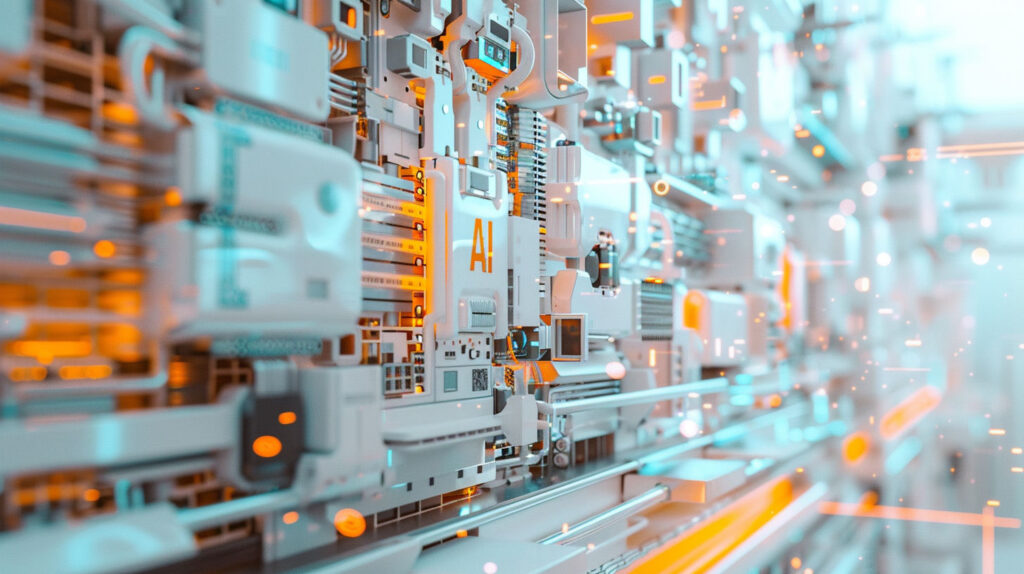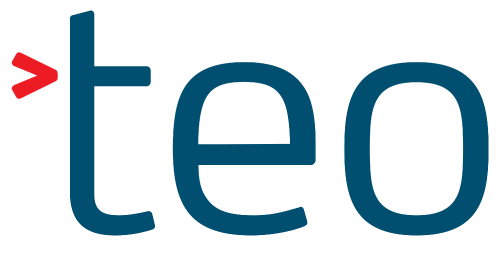Top 11 Software Development Trends for 2024 and 2025

The software development industry is undergoing rapid transformation, driven by emerging technologies and evolving market demands. Here are the key trends for software development:
- AI Revolutionizes Development:
Artificial Intelligence (AI) tools like GitHub Copilot are boosting developer productivity with advanced code suggestions and automated debugging capabilities. - Rise of Low-Code/No-Code:
Simplifying software development, low-code and no-code platforms enable faster application deployment without deep programming expertise. These platforms are seeing widespread adoption, reducing development costs and accelerating time-to-market. - Cloud Computing Expansion:
Fueled by remote work trends, cloud adoption continues to grow, offering scalability and cost-efficiency. Companies are leveraging cloud-native solutions like SaaS, IaaS, and PaaS for enhanced flexibility and operational efficiency. - Heightened Cybersecurity Measures:
With increasing cyber threats, including ransomware attacks, organizations are prioritizing robust cybersecurity strategies. - Popularity of Rust Programming Language:
Known for its performance and security features, Rust is gaining traction among developers for building safe and efficient software solutions across various domains. - IoT Expansion:
The Internet of Things (IoT) ecosystem is expanding rapidly, powering smart devices and driving innovations in sectors such as healthcare, logistics, and consumer electronics. - Progressive Web Apps (PWAs):
PWAs are becoming popular for delivering app-like experiences through web browsers, offering offline access, fast loading times, and reduced development costs compared to native apps. - Microservices Architecture:
Enabling modular application development, microservices architecture enhances scalability, agility, and ease of maintenance for modern software solutions. - Blockchain Integration:
Beyond cryptocurrencies, blockchain technology is being adopted for secure and transparent solutions in industries like finance, healthcare, and supply chain management - Outsourcing Trends:
Companies are increasingly outsourcing software development to address skill gaps and leverage external expertise, particularly in emerging technologies. - DevSecOps Implementation:
Integrating security early in the development lifecycle through DevSecOps practices ensures continuous security monitoring and faster resolution of vulnerabilities.
Conclusion
In conclusion, the software development landscape is poised for significant transformation in 2024 and 2025. The convergence of AI, cloud computing,cybersecurity advancements, and emerging technologies like Rust and blockchain is reshaping how applications are conceived, built, and deployed.
Trends such as low-code/no-code platforms, IoT proliferation, and DevSecOps practices further highlight the industry’s shift towards efficiency, security, and scalability. Embracing these trends will be crucial for organizations seeking to innovate, adapt to market dynamics, and deliver robust digital solutions in an increasingly interconnected world.
As technology continues to evolve, staying abreast of these developments will be key to staying competitive and driving sustainable growth in the software development arena.
